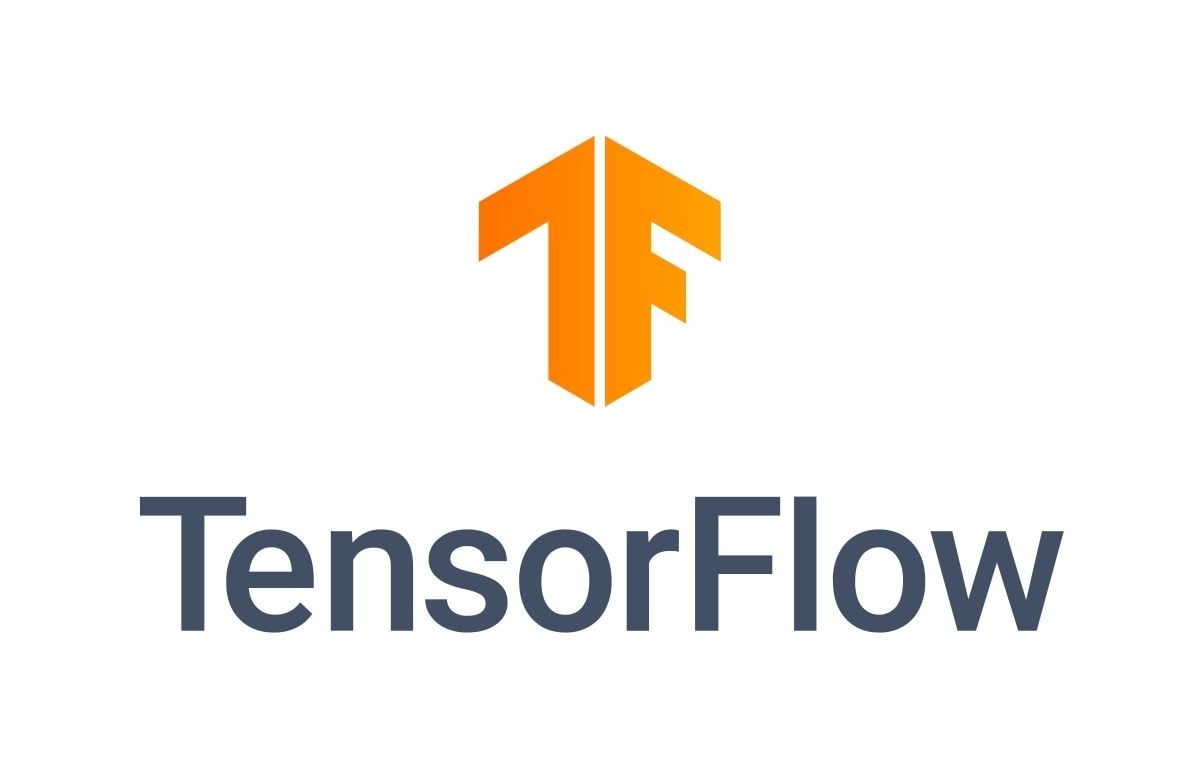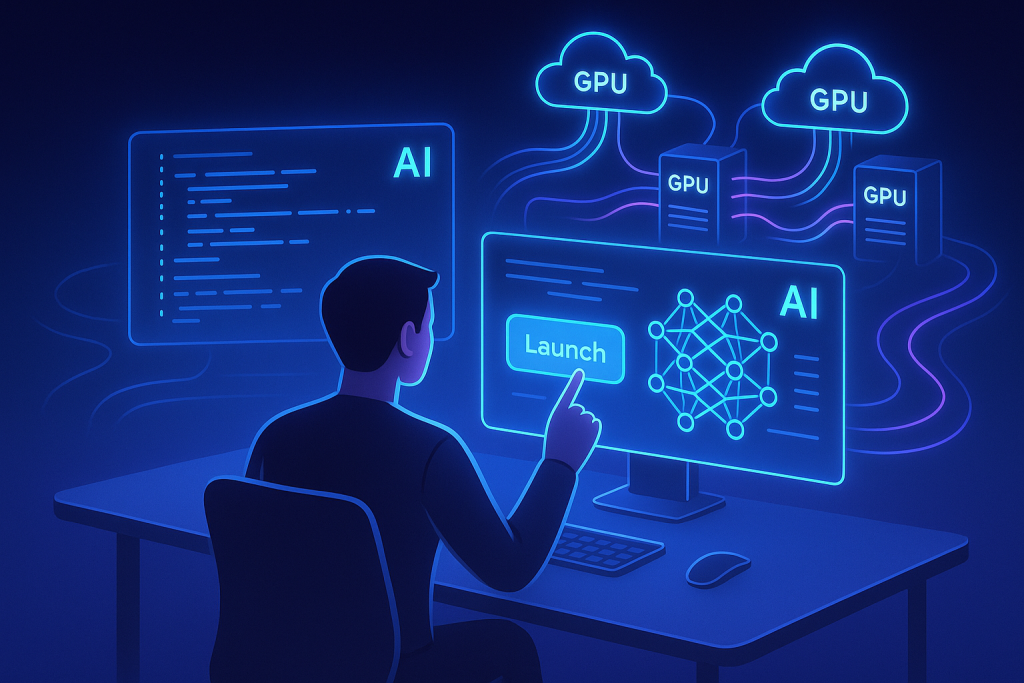Learn TensorFlow: Crafting Recommender Systems with TensorFlow Algorithms
Introduction
Imagine it’s Friday night, and you pull up your favorite streaming service. Seemingly like magic, it finds the perfect movie for whatever mood you happen to be in. That’s the power of a recommender system in action. But how do these systems get created? That is where TensorFlow comes in — this framework will enable you to build cutting-edge recommender systems in lightning-fast time!
From e-commerce to streaming, recommender systems are the underpinning of personalized experiences. Fusing these areas, TensorFlow gives you the power over development of these systems, utilizing cutting-edge algorithms and machine-learned techniques. If you are a novice diving into the fundamentals or an experienced developer enhancing sophisticated models, TensorFlow makes the process easier. So, let’s get started and learn TensorFlow and impactful recommender systems.
What is TensorFlow and Why Use it for Recommender Systems?
TensorFlow is an open-source machine learning library developed by Google. TensorFlow, known for being adaptable, allows engineers to create ML designs, build them, and deploy them efficiently. From simple neural networks to advanced recommendation algorithms, TensorFlow comes in handy as a one-stop solution.
Why TensorFlow for Recommender Systems?
- Scalability: TensorFlow scales efficiently on large datasets, making it perfect for production use cases as well.
- Flexibility: TensorFlow is second to none when it comes to supporting different collaborative filtering approaches, be it collaborative filtering or neural collaborative filtering.
- Rich Ecosystem: Access pre-trained models, visualize progress, and fine-tune your results with TensorFlow Hub and TensorBoard.
Real-World Example: Companies such as YouTube and Spotify use TensorFlow to perfect their recommendation engines, leading to improved user satisfaction and retention. These systems track user behavior patterns to make hyper-personalized suggestions — a strategy proven to engage users and drive revenue.
Step-by-Step Guide to Crafting Recommender Systems in TensorFlow
1. Understand the Basics: TensorFlow for Beginners
If you are new to TensorFlow, please learn the most important core concepts behind it, such as tensors, computational graphs, and automatic differentiation. These are the building blocks for creating more advanced models. Get hands-on experience with basic resources, such as Google TensorFlow Tutorial. You can use pre-built datasets that you can make use of in the TensorFlow library to help you practice building and training simple models.
2. Data Preparation and Feature Engineering
Recommender systems leverage data, and the first step is collecting and preparing your dataset. Popular datasets consist of user-item interactions with a goal of predicting user preferences.
Key Steps:
- Data Cleaning: Handle null values, rate limiting, and other anomalies to provide clean input.
- Normalization: A method used to scale numerical data around the same range for processing.
- Encoding: Convert categorical data (e.g., product IDs or user demographics) into numerical representations.
| User ID | Item ID | Rating |
| 101 | 2001 | 4.5 |
| 102 | 2002 | 3.0 |
3. Model Building with TensorFlow
It is important to select the correct model architecture. Some are commonly used in recommender systems:
- Collaborative Filtering: It predicts a user’s interest in an item based on the interests shown by similar users or items.
- Content-Based Filtering: Recommends items that are similar in content to those a user has liked.
Example: Building a Simple Collaborative Filtering Model
import tensorflow as tf
from tensorflow.keras.layers import Embedding, Dense # Define a Recommendation Model
model = tf.keras.Sequential([
Embedding(input_dim=1000, output_dim=64), # Embedding layer for user-item representations
Dense(128, activation=’relu’), # Hidden layer
Dense(1) # Output layer for rating prediction
])
model.compile(optimizer=’adam’, loss=’mse’)
This model employs embeddings to map users and items in latent space, learning their interactions to create predictions
4. Training and Evaluating the Model
On that note, the data you provide should be split into training, validation, and test so that you can properly evaluate performance. TensorFlow provides tools out-of-the-box to make these processes easier (as shown below):
- Metrics: Evaluate your model with Root Mean Squared Error (RMSE) or Mean Absolute Error (MAE) for accuracy.
- Optimization: Use TensorBoard to visualize training progress and fine-tune hyperparameters.
Pro Tip: Utilize TensorFlow’s ‘callbacks’ to automate processes such as early stopping, model saving, or dynamically adjusting learning rates.
5. Deploying the Model
After your model is trained and validated, deploy it with TensorFlow Serving for real-time predictions. This allows it to seamlessly plug into the lifecycle of applications, so your recommender system is able to deliver results in real time.
Tips for Beginners: Learn ML with TensorFlow
After your model is trained and validated, deploy it with TensorFlow Serving for real-time predictions. This allows it to seamlessly plug into the lifecycle of applications, so your recommender system is able to deliver results in real time.
- Keep it simple with pre-trained models found on TensorFlow Hub.
- Connect with TensorFlow developers on GitHub to share ideas and solve problems..
- Practice regularly with structured guides like GeeksforGeeks.
Challenges and Solutions
Even with TensorFlow’s robust tools, developing recommender systems isn’t without challenges:
- Overfitting: Mitigate overfitting by using dropout layers, regularization techniques, and cross-validation.
- Data Sparsity: Use hybrid models combining collaborative and content-based filtering to address data limitations.
- Scalability Issues: Leverage TensorFlow’s distributed computing capabilities to handle large-scale datasets efficiently.
Why TensorFlow is Ideal for Deep Learning Applications
With its capability to handle a variety of tasks, TensorFlow is relevant in domains aside from recommender systems. Its power makes it a go-to for deep learning such as computer vision, NLU, or generative models.
Feature Comparison: TensorFlow vs PyTorch
| Feature | TensorFlow | PyTorch |
| Scalability | High | Moderate |
| Community Support | Extensive | Growing |
| Ease of Use | Beginner-Friendly | Intermediate |
When dealing with complex models, computational resources become crucial. Consider options to rent gpu for training large networks efficiently.
Conclusion
With TensorFlow skills in hand, this knowledge will allow you to create fantastic recommender systems that revolutionize user experience whilst supporting business growth. From new, beginner-friendly APIs to powerful advanced tools, TensorFlow is making it easier than ever to get started implementing scalable, high-performance models. Distributed systems and a strong MLOps ecosystem are key. TensorFlow provides a rich ecosystem, so whether you are simply refining your skills or embarking on your first ML project, you are guaranteed to succeed. Ready to get started? Go over to TensorFlow’s tutorials, run your own datasets, and build your own recommender!
FAQs
- Why is TensorFlow a good choice for recommender systems?
TensorFlow is an excellent option for personalized recommendations due to its scalability, APIs already created in advance, and visualization tools.
- Can beginners use TensorFlow for recommender systems?
Absolutely! Other resources, such as Google TensorFlow Tutorial provide good starting points.
- How do recommender systems improve user experience?
By delivering tailored suggestions, these systems save users time and increase satisfaction.
- Is there any other tool except TensorFlow for recommender systems?
Although PyTorch is another option, TensorFlow is perfect for big projects due to its extensive features.



